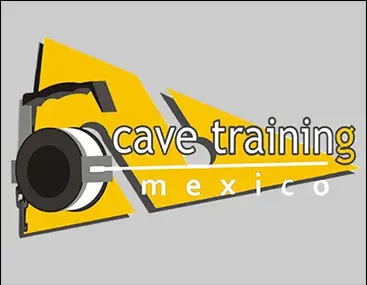Uncategorized
Notes from a Tech Instructor and Coder
By Alberto Nava
An important point for the readers of InDepth to understand is that the Thalmann Algorithm implementation, is more of a framework/software for decompression researchers to create alternative decompression models, than it is a specific decompression model per say.
By having a configuration file, the Thalmann Algorithm allows researchers to specify a series of parameters to create custom decompression models. For example, a researcher can specify first how many tissues a model will have, next what is the half-time for those tissues, and finally, their M-values. Different values for these parameters create different decompression models, and this group of parameters is called “XVal” in the Navy Experimental Diving Unit (NEDU) terminology. Different XVal have been created by researchers at the NEDU over the last decades, and each one has its own history and target application that they were developed for.
Recent work by David Dolette and his colleagues was focused on creating six different parameter sets to create determinist decompression models with a more uniform decompression risk. These parameter sets are called XVal-He-9 and XVal-He-8, and multiple parameter sets exist for different probabilities, including a probability of 2.3%, 4.0%, and 5.0%.
So, we should not really talk about Thalmann Algorithm being the focus of recent research; instead, we need to talk about the new parameters set that were developed for the algorithm, and how those sets enabled the Thalmann Algorithm to produce decompression schedules with a uniform decompression risk.
Another interesting point about the decompression scheduled generated by these new models is that the length of the decompression stops is within a very small range. For deep stops, they are either three or four minutes and, for intermediate stops, they are either 10 or 11 minutes. So a benefit of these observations could be a simplification of the way you remember and execute dive profiles.
Here is an example of a decompression profile for a 30 min CCR dive at 300 ft/91 m with a set point of 1.3 atm. The estimated risk of DCS is 4.0%.
Ft Min
160 ft 3 min
150 4 min
140 3 min
130 4 min
120 4 min
110 3 min
100 4 min
90 5 min
80 11 min
70 11 min
60 10 min
50 11 min
40 11 min
30 11 min
20 126 min
Runtime: 251 minutes.
Note that the tables were computed for heliox diluent (oxygen/helium mix), but according to the latest thinking at NEDU—see “Deep in the Science of Diving”—the tables should work equally well for a trimix diluent.
So you could consolidate all this information into something short like this and execute it from memory:
4 min stops from 160 ft/91 m
11 min stops from 80 ft/23m
126 min at 20 ft/6 m
GUE divers generally like to make things simple operationally.
Also when we look at different DCS probabilities for one profile, for example, going from 4% to 5%, most of the difference is the length of the 20 ft/6 m stop. So you conduct your decompression the same way, until you arrive at the 20 ft/6 m stop, and then take your gamble for the day ;-). Unfortunately, or fortunately, the model only offers three values for the DCS probability of 2.3%, 4.0%, or 5.0%.

Alberto “Beto” Nava is a Venezuelan-American engineer, diver, dive instructor, and explorer based in California with over 18 years of diving experience and over 500 cave dives. On one of his and his fellow divers’ excursions to the Yucatan region of Mexico, they discovered Hoyo Negro, or “Black Hole,”containing the bones of several Ice-Age megafauna as well as the skeleton of a young female who lived 13,000 years ago.Thiswas one of the most important discoveries of the first Americans, and it awarded Nava a National Geographic Explorers Grant, which he used to continue exploration diving and photographing Hoyo Negro. Nava earned both bachelor’s and master’s degrees in computer science from the Simon Bolivar National University in Venezuela and has worked as an engineer for over twenty years.









































